Berdychiv
On July 7, 1941, Berdychiv was occupied by the Germans who immediately imposed anti-Jewish measures to Jews living in and around Berdychiv. Jews were looted, subjected to spontaneous pogroms, forced to wear identification marks and forced to perform slave labor. As early as July 1941, the first executions of Jews were carried out when about 850 Jews (including Soviet prisoners of war) were murdered in a monastery yard in central Berdychiv. In July/August about 300 Jews were murdered, and at the end of August another 550 Jews were murdered.
At the end of August, 1941, a ghetto was set up in the poorest parts of the city, there about 18,000 Jews were forced to move. The ghetto was surrounded by barbed wire fences and Jews only with special documents proving they worked outside the ghetto were allowed to leave and enter the ghetto. At the turn of the month August/September, about 1300 Jews from the ghetto were taken away under the pretext that they would work with agriculture. Instead they were taken to place south of Berdychiv, between the villages of Bystrik and Khazin, and killed by Nazi killing squads assisted by Ukrainian auxiliaries. The bodies were buried in pre-digged graves.
In mid-September, Nazi authorities decided that all superflous Jews in the ghetto would be murdered. The ghetto was surrounded by German police and Ukrainian auxiliaries. Jews were forced out of their homes and eventually taken to the outskirts of a village called Lyubomyrka about five kilometers west of Berdychiv. The Jews were forced to hand over their possessions and undress. Then they were forced to dig graves and were shot by Nazi killing squads Ukrainian auxiliaries. During two days (September 15-16) about 18500 Jews were murdered. Only about 400 Jews selected for slave labor were spared.
By the end of October 1941, the Germans had arrested another 2,000 Jews. These had escaped the previous month round-up and were now imprisoned in a monastery in central Berdychiv. Of these, about 150 were selected for slave labor while the others were taken away by trucks to Sokulino about five kilometers west of Berdychiv and killed.
In November 1941, the ghetto was liquidated and the remaining 150 Jews were transferred to an old military camp in Lysa Gora, about three kilometers south of Berdychiv. In 1942, all the Jews from Berdychiv were brought to Lysa Gora. These were Jews with skilled trades like artisans who performed slave labor for various German industries. In May and June, 1942, about 700 Jews from nearby villages and areas were brought to Lysa Gora. In July, about 230 Jews were murdered next to the camp. Selections was carried out regularly and those not considered productive were murdered. As the Soviet army approached Berdychiv in November 1943, the remaining Jews were murdered in Lysa Gora. In charge for the executions in 1941 and 1942 was SS-Obergruppenführer, Friedrich Jeckeln.
Current status: Monument (2019).
Location: 49°53'55.59"N 28°24'29.67"E (ghetto)
Get there: Car.
Follow up in books: Arad, Yitzhak: Holocaust in the Soviet union (2009).
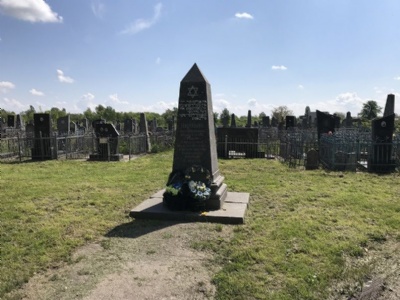


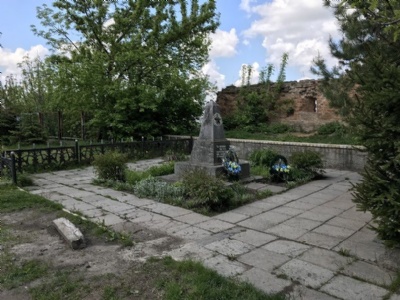
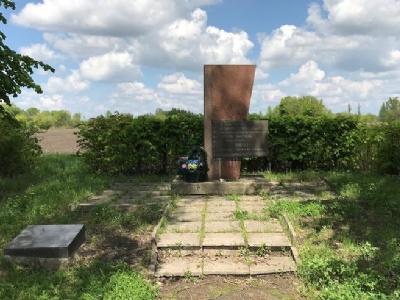

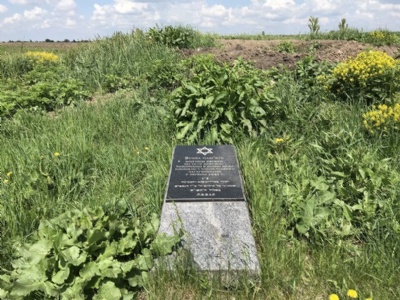
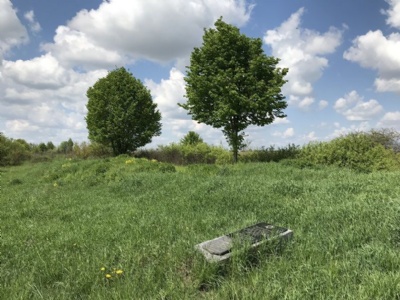
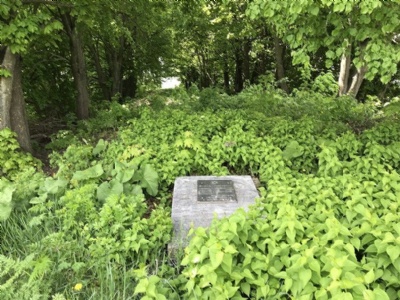
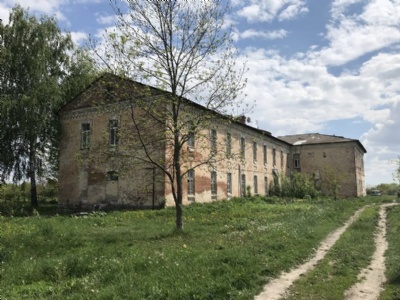
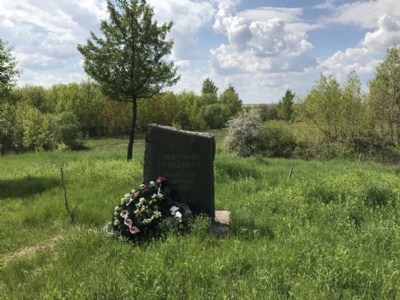
The monuments are scattered in and outside Berdychiv. The monuments of Berdychiv are easy to find while the monuments outside can be harder to find. In any case, the mass graves located in fields or in forest groves ranging from a few hundred meters to about 1500 meters from the road. They are also placed lying down and can be difficult to detect if you do not know where to look.